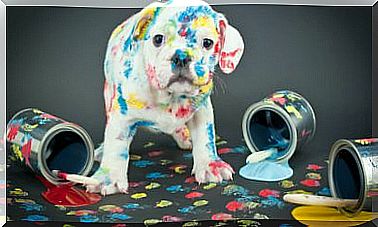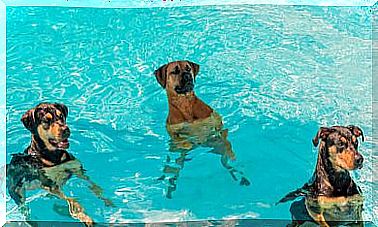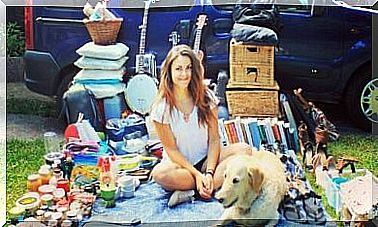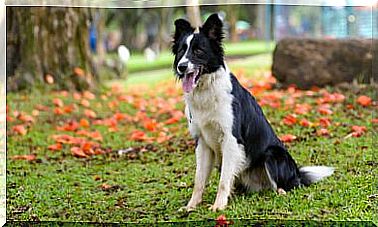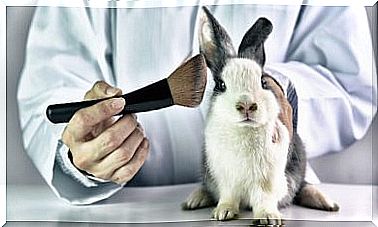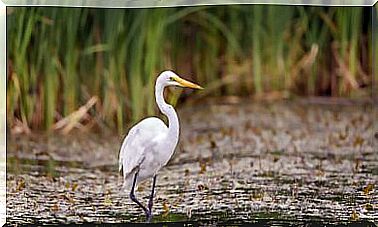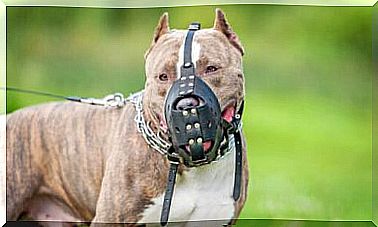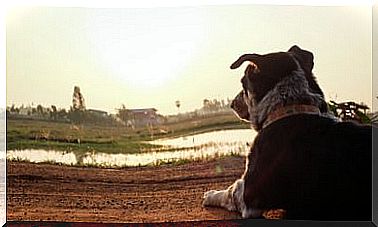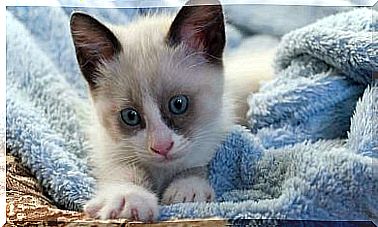Characteristics And Care Of The Hungarian Puli
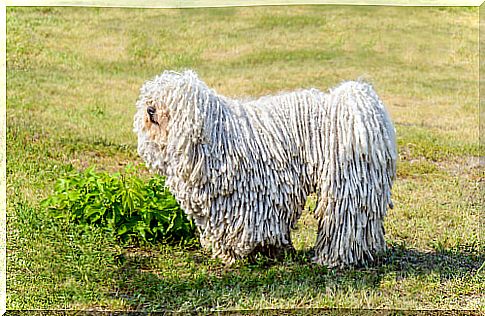
The Hungarian puli is a breed that amazes with its appearance. Its long coat-like coat with drawstrings gives it a very unique touch. This breed is energetic and lively, possesses high intelligence and loves to be the center of attention in the home.
This dog has been declared one of the national treasures of Hungary. The origins of this breed date back to 4,500 BC. Its history begins with the association between Hungarian nomadic shepherds and their dogs.
Characteristics of the Hungarian puli
This breed is generally large and white or black in color. His eyes are dark brown with a mischievous glint. The coat is made up of long, twisted strands that almost reach the ground. The eyes and nose are covered by these strands and, although it is not noticeable, its head is somewhat oval. From there its black snout sticks out.
The height of the female Hungarian puli ranges from 36 to 42 centimeters, while the male ranges from 39 to 45 centimeters. The hair strands grow as the height of the canine increases. Interestingly, this growth stops when the dog stops growing.
This animal is very strong and runs like the wind. It has very muscular legs and also has a wild side, but never fierce. The Hungarian puli needs daily exercise and requires open spaces to run freely.
Temperament
Hungarian puli have a calm and steady temperament, but if provoked, their wild side can be unleashed. This animal must be trained from a very young age and they are so intelligent that they will be ready for it at four months of age.
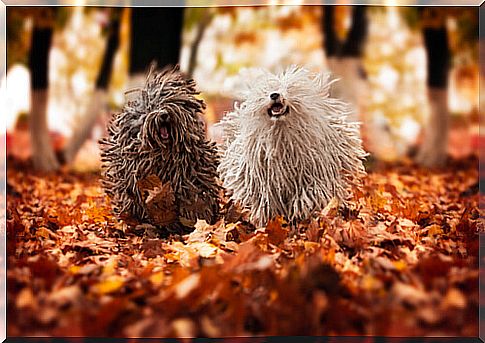
They are strong and aggressive by nature because they are watchdogs, so they must be taught how to behave. In the same way, the Hungarian puli is very protective and will defend the house from intruders. Although they are very friendly with family and children, they are usually hostile towards strangers.
It also serves to effectively protect livestock and enjoys guarding herds of goats or sheep. Because they are active watchdogs, this breed is best for families that live in the countryside.
Caring for the Hungarian puli
This dog’s coat needs special attention when it is tied up. As the puppy grows, the hair strands should be separated so that they do not get tangled and a large knot is made. Once the hair touches the ground, it is necessary to trim it to prevent the animal from tripping over its own hair.
Like any other dog, the Hungarian puli needs regular baths and regular nail trimming. After bathing, make sure that your hair is dried well, because the thick and twisted strands can take a long time.
It is also important to take the dog out every day for exercise. The Hungarian puli is an excellent running companion. Despite its strength, this breed is very prone to vision problems such as cataracts and hip displacement problems, in some cases.
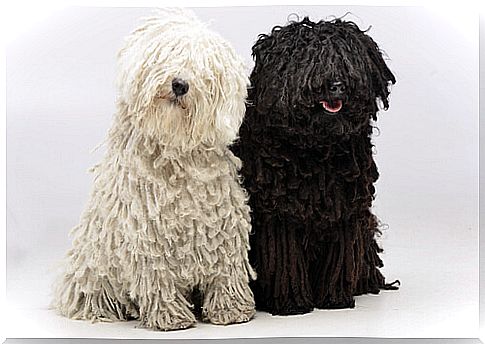
Other aspects to consider
Contrary to popular belief, medium size does not necessarily make for an apartment dog. However, by training him well, he can be a calm dog that adapts to a moderate exercise routine as long as it occurs on a daily basis.
This breed is not ideal for novice owners, as they are highly sensitive, independent-thinking or assertive dogs that can be difficult to handle for someone who has never been responsible for raising and educating a canine before.
The Hungarian puli belongs to those breeds with a low tolerance for being alone. These are closely linked to their family and are more likely to worry or even panic when left alone by their owner. An anxious dog can tirelessly bark, whine, and chew on everything in its path.
It is important to consider that all dogs are individuals with their special characteristics. There are generalizations for each breed, but this is not a guarantee of how it will behave.
Dogs may or may not be good with children based on their past experiences. It makes sense to keep young children and their dogs under supervision during their adjustment period.
